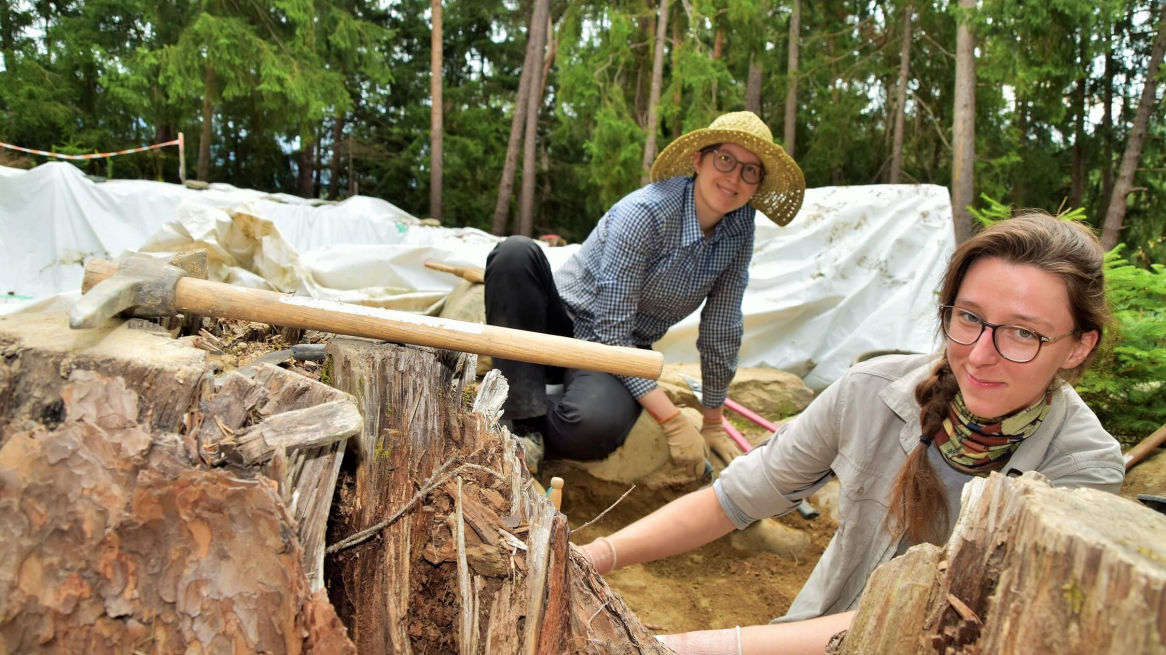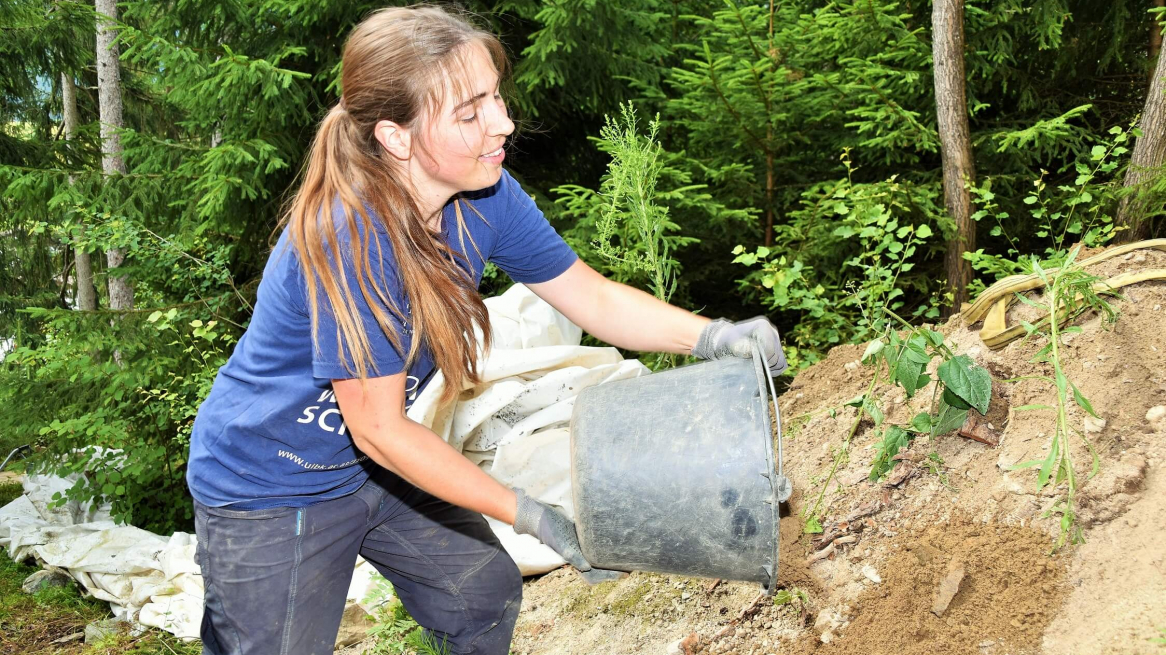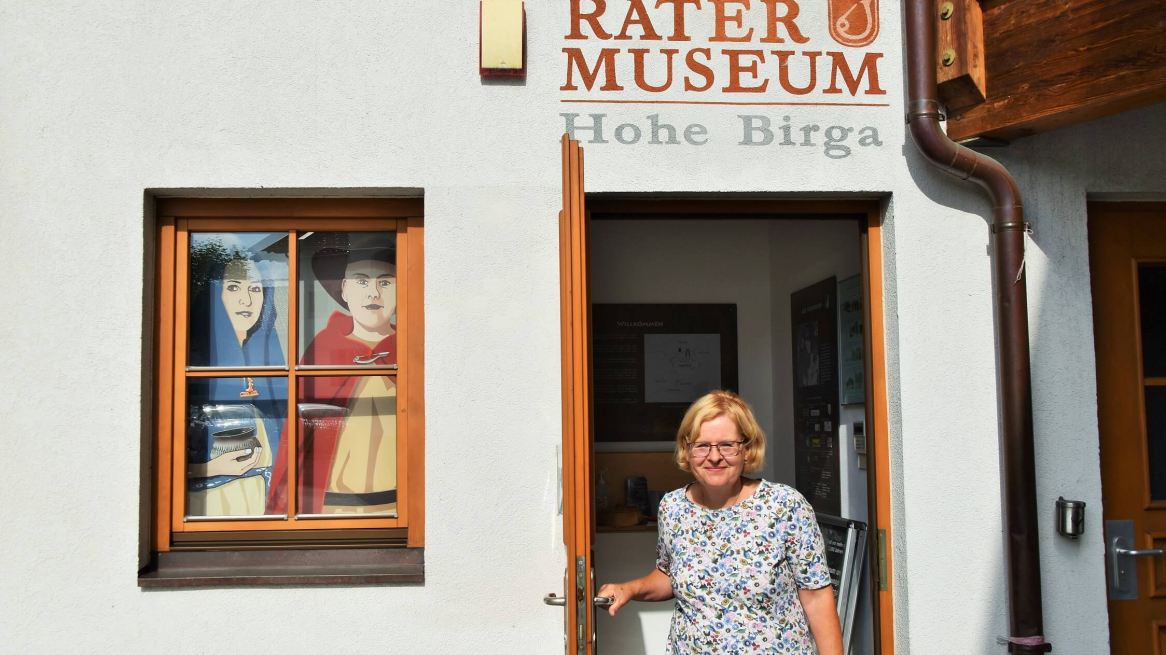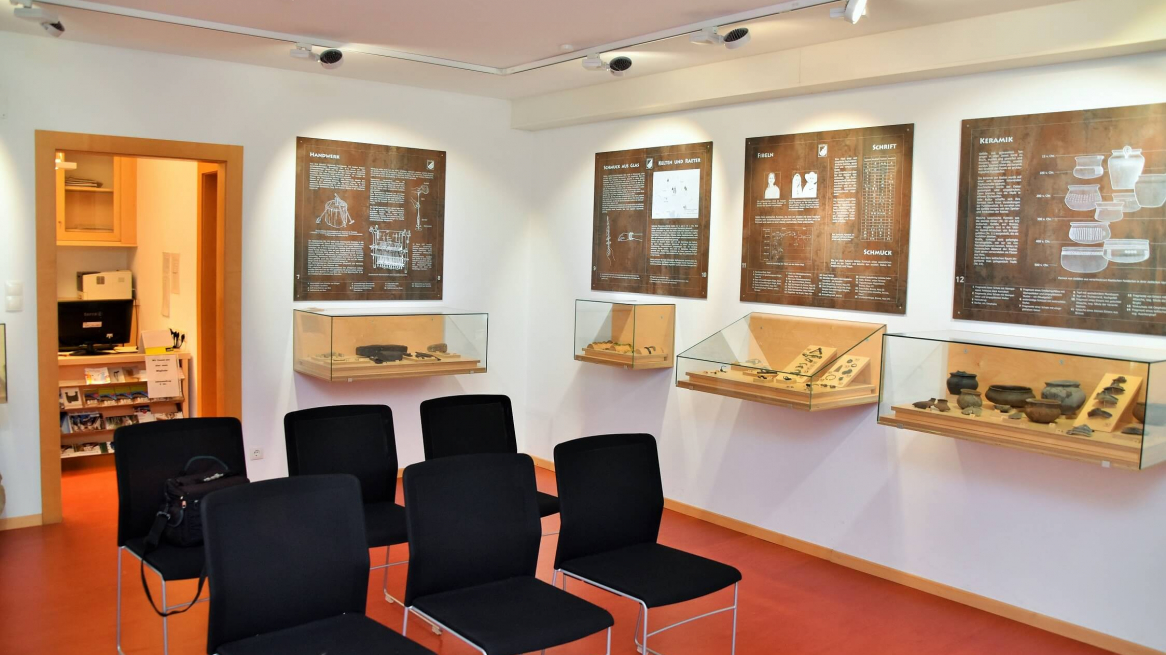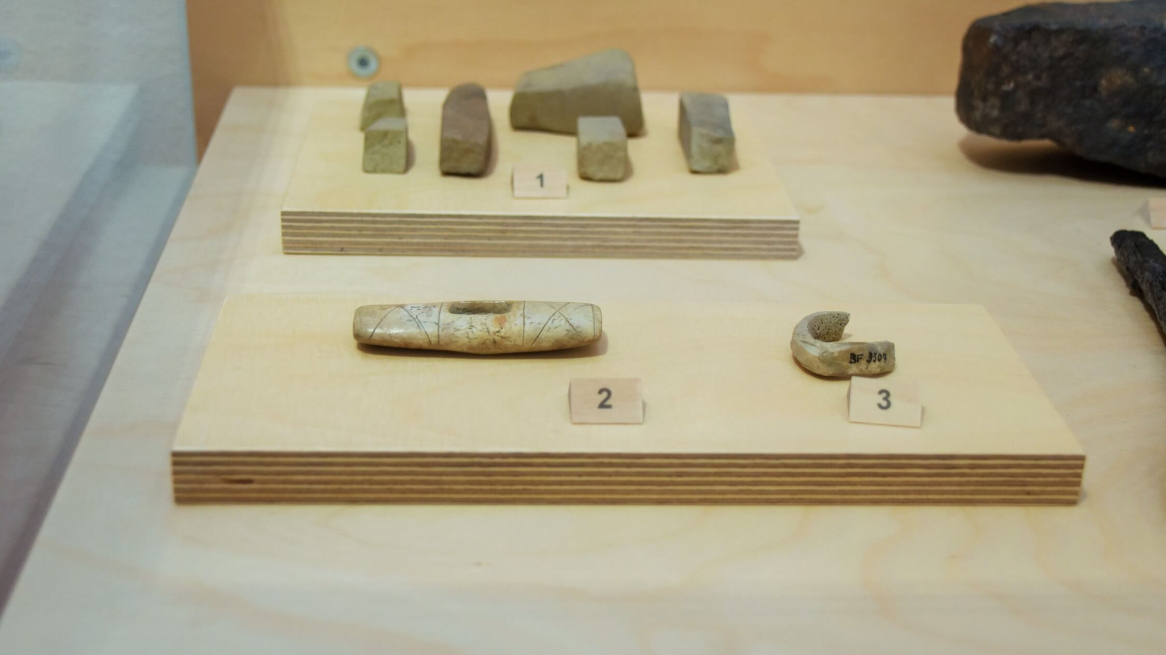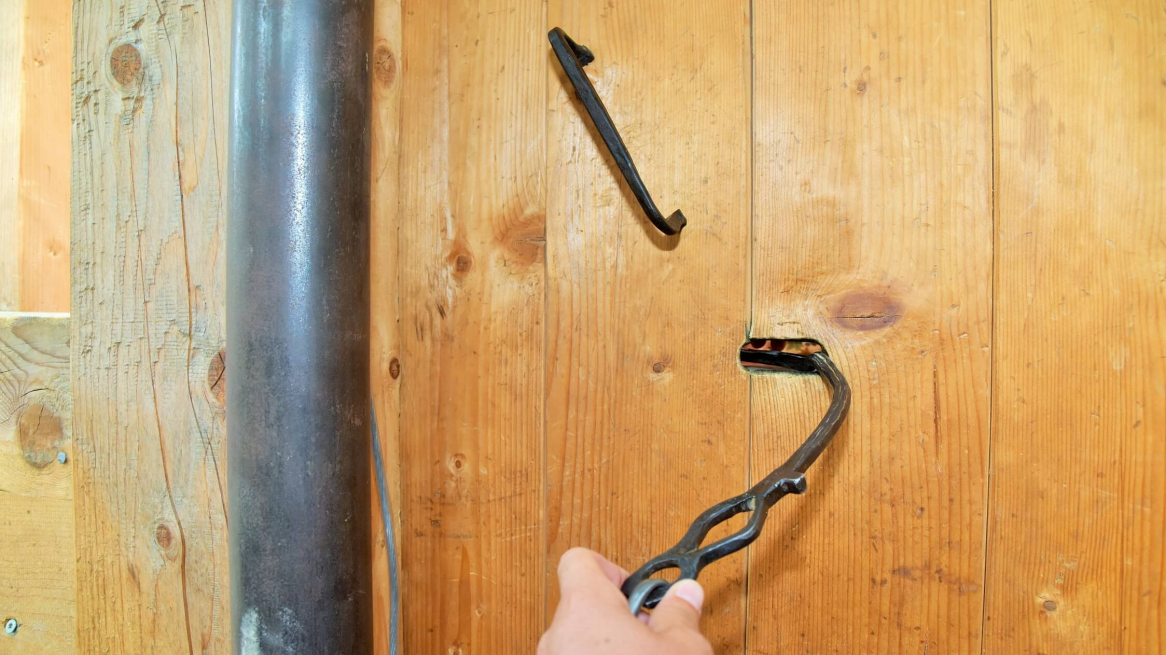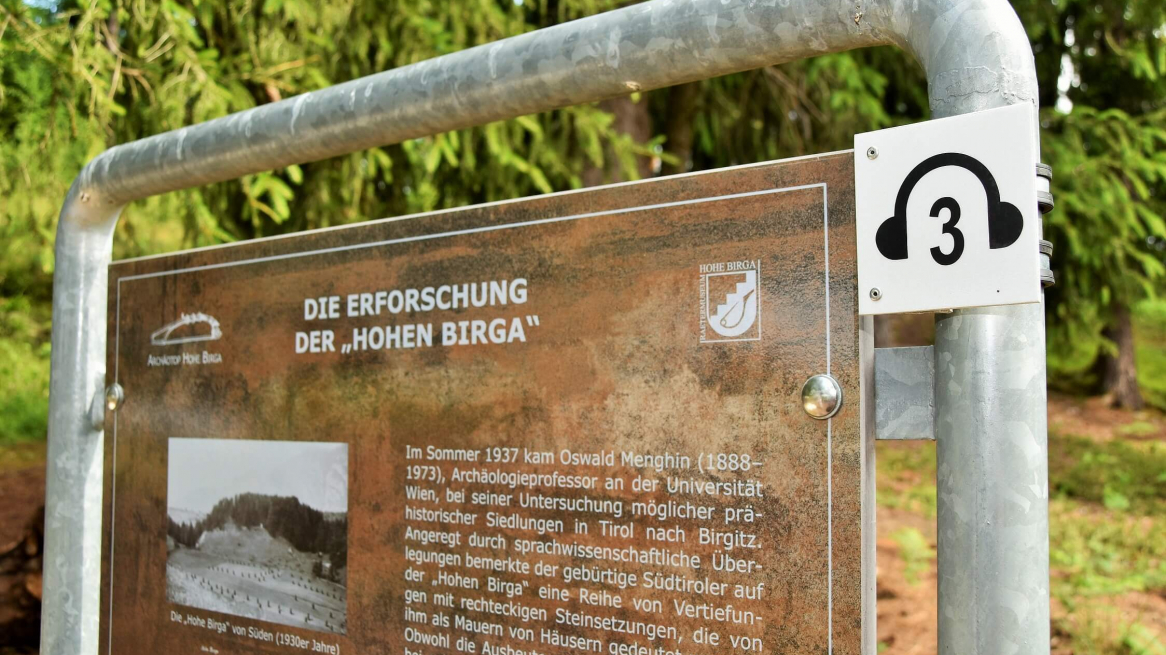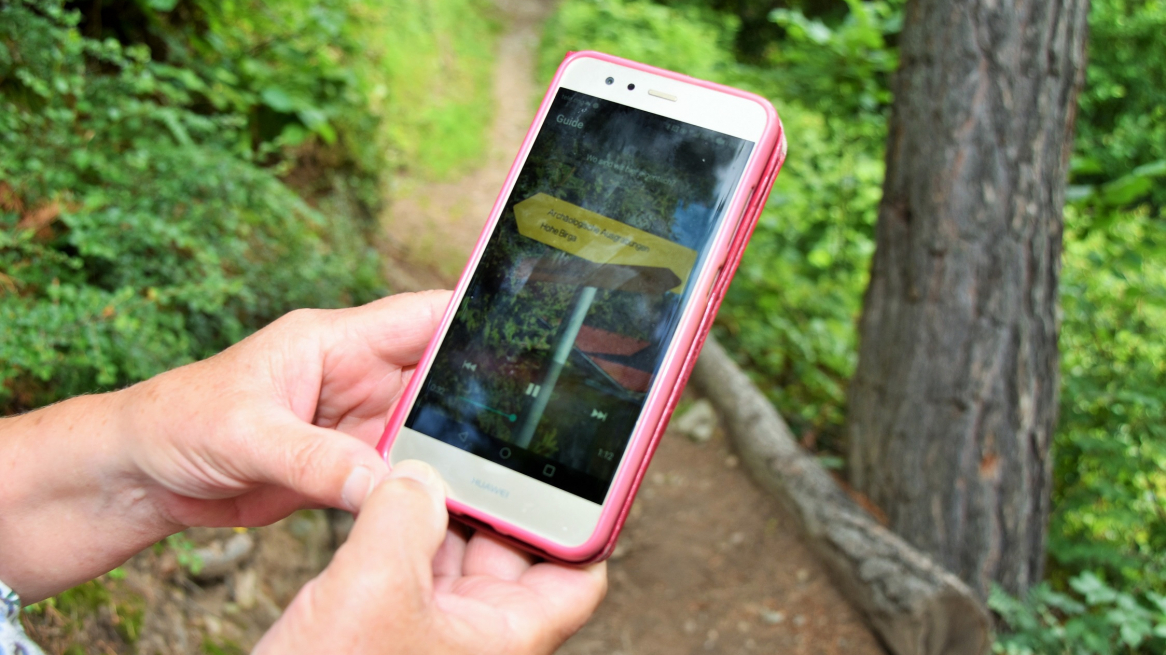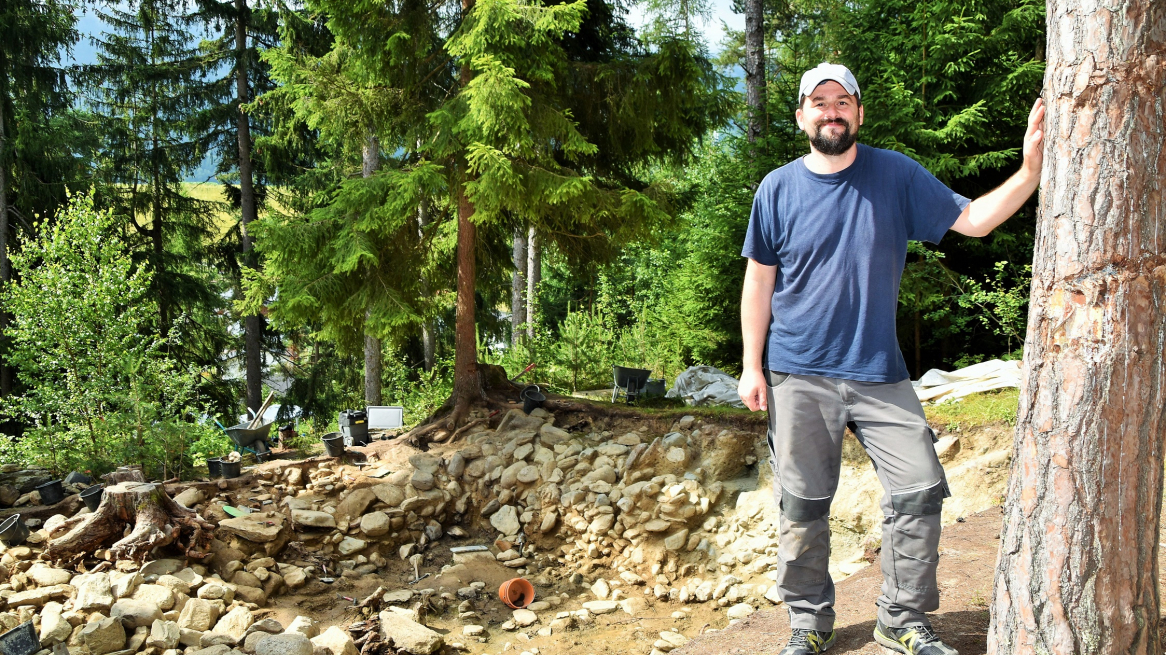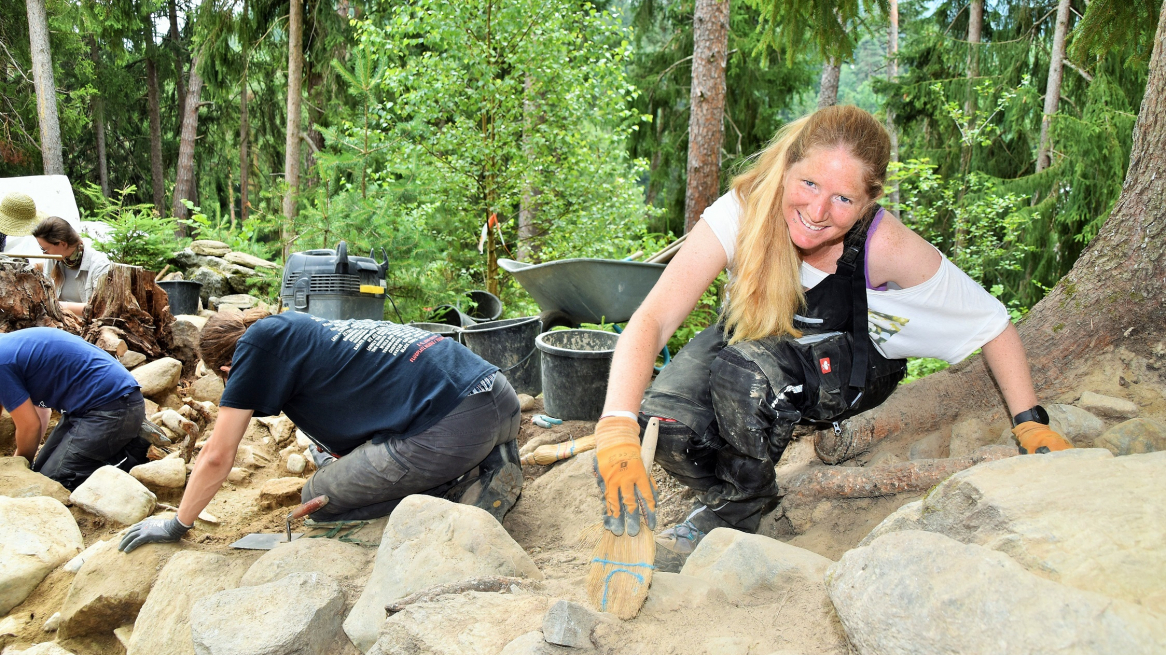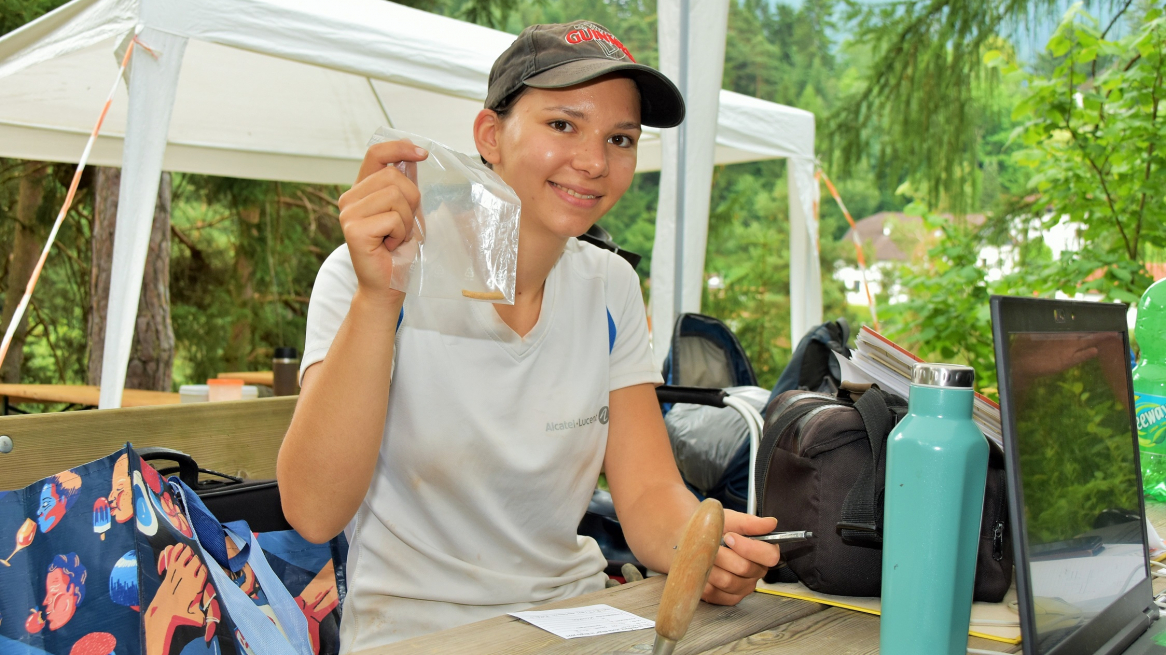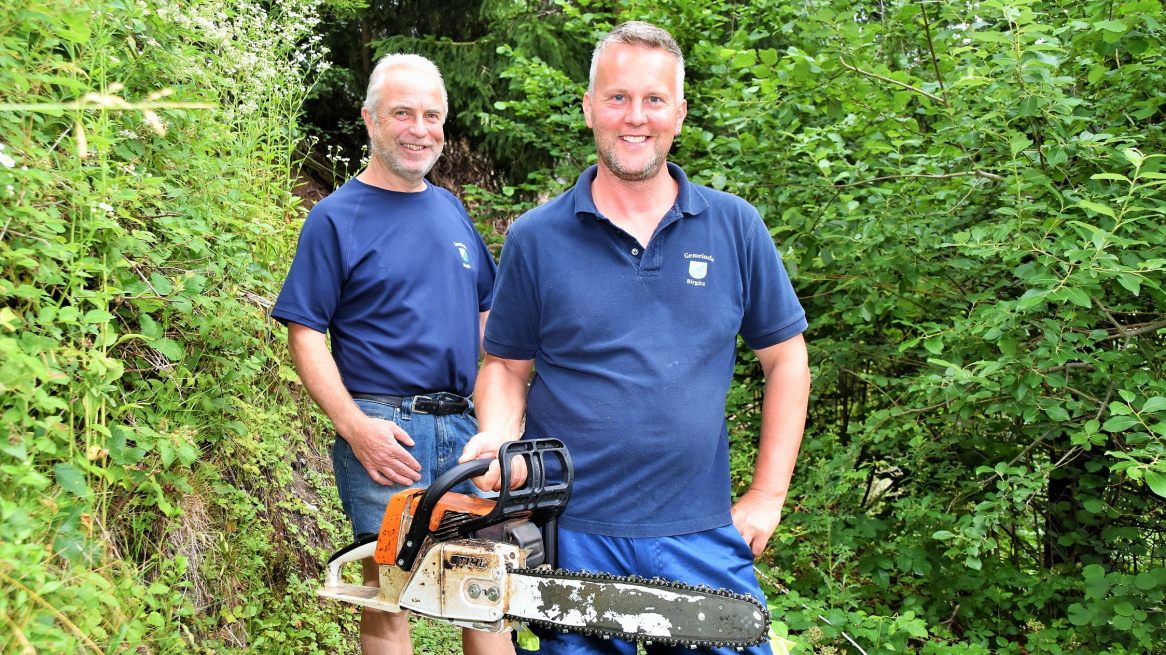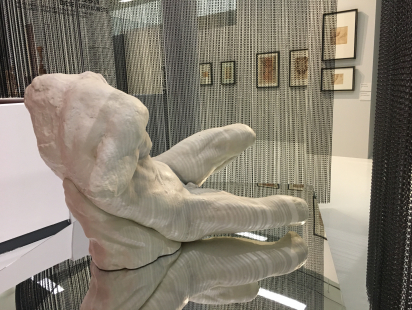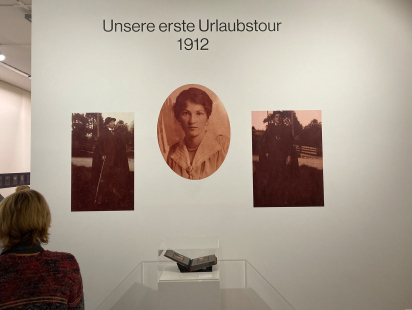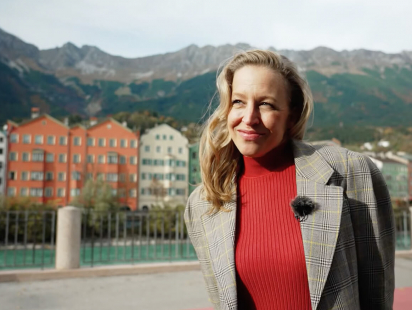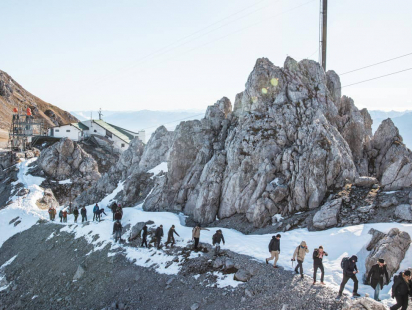On the "Hohe Birga" you can get an idea of how people in Tyrol lived 2,000 years ago. New audio guides now also provide the right sound.
The excavations and the Rätermuseum in the cozy little village of Birgitz prepare a highly interesting piece of Tyrolean history. But it is not at all dry, as one might expect. I, too, am surprised at how vividly the former culture of the Raetians is presented here.
TIME TRAVEL
Museum director Annegret welcomes me to the Rätermuseum in the village center. "You shouldn't miss out on a visit here," says the ethnologist with a doctorate. She knows that many people only take a look at the excavations on the nearby hill.
SUPERFUNDS
It is actually the pieces on display in the museum that round off the picture we will get later on site. Larger and partly also tiny exhibits line up in showcases finely sorted. Tools, jewelry, vessels of all kinds and more can be seen.
HIGH CULTURE
Impressive what was already made in the Iron Age! How skillful and clever people were back then. They even made glass! "The Raetians were also on the verge of a high civilization with language and writing," Annegret explains.
IDEAL ALSO FOR CHILDREN
So that it is not boring for children and adults, you can also watch a film in the museum. Even a millstone from that time invites to lend a hand and it can be calculated in a 2,000 year old way.
Für Museumsleiterin Annegret ist ihre Aufgabe ein Traum. Die promovierte Ethnologin hat im Nebenfach Ur- und Frühgeschichte studiert und freut sich, ihr Wissen jetzt im Verein und für die Gemeinde einbringen zu können.
Gegraben wird laufend. Die Funde werden an der Uni Innsbruck erfasst und kommen später ins Rätermuseum in Birgitz.
Im Museum gibt es viele Details zu entdecken. Annegret und ihre Kollegen vom Verein „Archäotop Hohe Birga“ bieten auf Anfrage auch Führungen an.
A short walk away, we then stand in front of the hill that makes the heart of archaeologists beat faster. In the meantime, numerous buildings have been uncovered on the High Birga. Some have even been partially reconstructed in the meantime. Perfect, therefore, to immerse yourself in the everyday life of the people of the Iron Age.
At house number six, an Iron Age lock was reconstructed. I could hardly open it, so sophisticated was the technology even then.
How did they live? Where did they live? What do we know about agriculture and livestock breeding and trade at that time? There are answers to such questions via a new, free audio guide.
AUDIOGUIDE PROVIDES ANSWERS
The excavation site itself is also freely accessible. Therefore, the dedicated association "Archäotop Hohe Birga" decided to use this modern variant of knowledge transfer.
Headphone symbols, numbers, chapters - the audio guide is free, easy to use and conveys many details worth knowing.
Thanks to the app on your smartphone, you're well informed. Visiting the High Birga is now that easy.
Via an easy path we enter the forest. Right at the beginning of our walk we meet a group from the Institute of Archaeology at the University of Innsbruck.
Research, excavations, reconstruction
Excavation director Florian Müller is on site with students, as he is every summer, to continue the excavations. "Iron Age settlements of this size are rare in Tyrol," he says, underlining the importance of Hohe Birga. The fact that he is still enthusiastically at work after many years is evident.
Picking, shoveling, wheelbarrowing and last but not least, of course, brushing. The students of the Institute of Archaeology at the University of Innsbruck under the direction of Florian Müller (in the picture) have a lot to do.
The exposed walls of the houses are clearly visible. Of course, many a ton of soil had to be removed first. In the course of time, the area near Innsbruck naturally became wildly overgrown.
Decades of work
Since the rediscovery of the Rätersiedlung in the 1930s, however, a lot has happened. What has come to light so far amazes me. Several buildings give an insight into days long gone. The audio guide provides the relevant information. And it does so in dialog form, so that the whole thing comes across as snazzy.
Great cooperation
As we continue our walk, Annegret tells me that in addition to the local association "Archäotop Hohe Birga", the municipality of Birgitz as well as the fire department and several volunteers help to keep the "operation" running. So there is also a good portion of lifeblood involved.
Also on duty, albeit in a different way: the employees of the Birgitz municipality, which owns the site.
I like it! If you also want to combine a nice excursion with exciting Tyrolean history, I can highly recommend a visit to the "Hohe Birga" in Birgitz. For the more active among you, a tip on the side: from Völs you can hike beautifully to the scene of the action.
My dear colleague Werner Kräutler has also written a blog article on the topic of Räter in Tyrol.
Text and photos: Tamara Kainz
Rate this article
Show me the location on the map
Loves being outside and is most at home up in the mountains. A "scribbler" with a wide range of interests and a soft spot for special individuals and their stories, as well as sport and nature.
Similar articles
It is open until April 18, 2022 at the regional museum Ferdinandeum in Innsbruck…
It was some years ago that Roland Sila, head of the Ferdinandeum library, discovered…
On December 7, a new comedy series starring Nina Proll will start on ServusTV. "Aus die Maus"…
Innsbruck couldn't have dressed up better this October. The air is bone-chillingly cold, the view of the…

